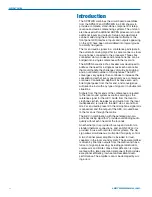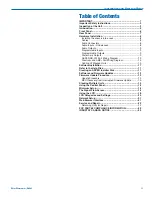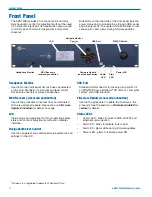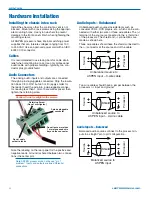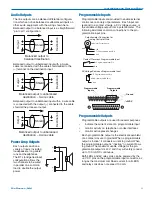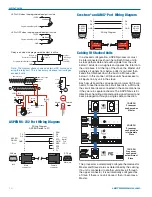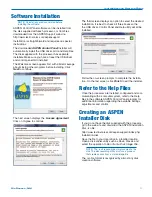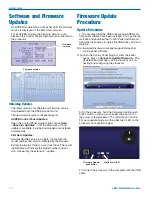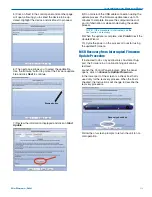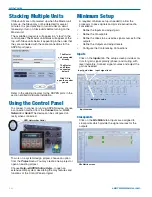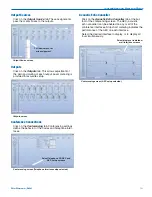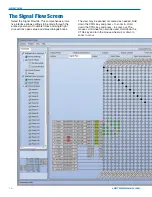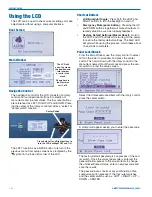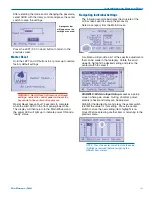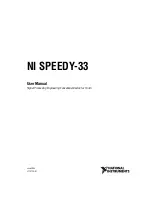
SPNTWB
LECTROSONICS, INC.
4
Introduction
The SPNTWB combines the circuit board assemblies
from the SPN812 and SPNCWB in a 2RU chassis to
provide a complete, stand-alone component for telep-
resence and audio conferencing systems. The unit can
also be used with additional ASPEN processors to add
additional inputs and outputs. Setup and adjustments
can be made using the control panel software or the
front panel LCD interface. Inputs and outputs appearing
on the LCD have been consolidated into logical groups
to simplify navigation.
The far end audio signals in a conference participate in
the automatic mixing algorithm in same manner as local
microphones connected to the processor. Three sites
connected via two codecs and a telephone line can be
bridged into a single conference with the local site.
The ASPEN acoustic echo canceller was developed to
address the need for a single acoustic echo canceller
that could handle the challenges of multi-site bridging
and an unlimited number of microphones. The AEC
converges very quickly, then continues to increase the
cancellation depth at every opportunity as a conference
continues. Cancellation depth will increase even with
brief signal peaks from the far end, and convergence
will never be lost with any type of signal or in double talk
situations.
Signals from the far ends of the conference are routed
to the local sound system as well as serving as the
reference signal for the AEC. Audio from the local mi-
crophones (which includes far end audio from the local
loudspeakers) is routed to the AEC via a second final
mix. Far end audio present in the microphone signal mix
is cancelled, and the output of the AEC is routed back
to the far ends through the matrix.
The AEC in combination with the patented gain pro-
portional mixing algorithm* provides outstanding audio
quality without echo heard at the far ends.
An ethernet port is provided for setup and control via
standard network connections, and an RS-232 port is
provided for use with remote control systems. The de-
sign allows simultaneous, multi-point third party control.
A two channel power amplifier is included for loud-
speakers in the local sound system. The power amplifier
is driven by final mix outputs from the matrix and has a
full set of signal processing, including parametric EQ,
compressor and limiter. Class-D amplification is imple-
mented with a late generation component that provides
exceptional efficiency, low heat and excellent audio
performance. The amplifier cannot be damaged by wir-
ing errors.
Содержание SPNTWB
Страница 2: ...SPNTWB LECTROSONICS INC 2...




